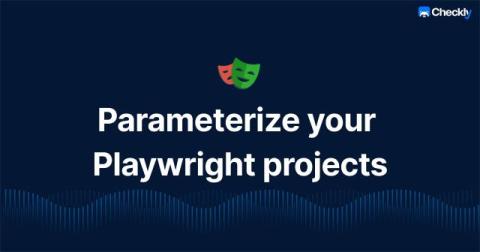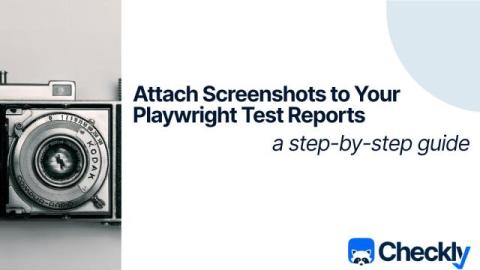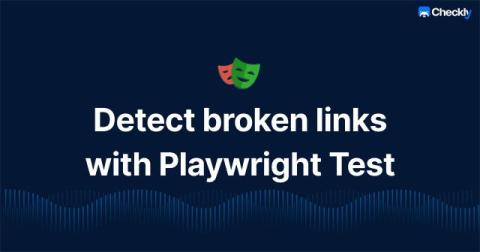How to parameterize Playwright projects
In a previously released YouTube video, I explained how and why Playwright fixtures perfectly match with page object models. Combining the two allows you to hide setup instructions and keep your tests clean. Page object models no longer have to be initialized in every test case. To be upfront — I'm a fixture fanboy! But what if you need to pass additional configuration to your page object models? When options are hidden in a fixture, you can't configure how a class is initialized, right? Wrong!






